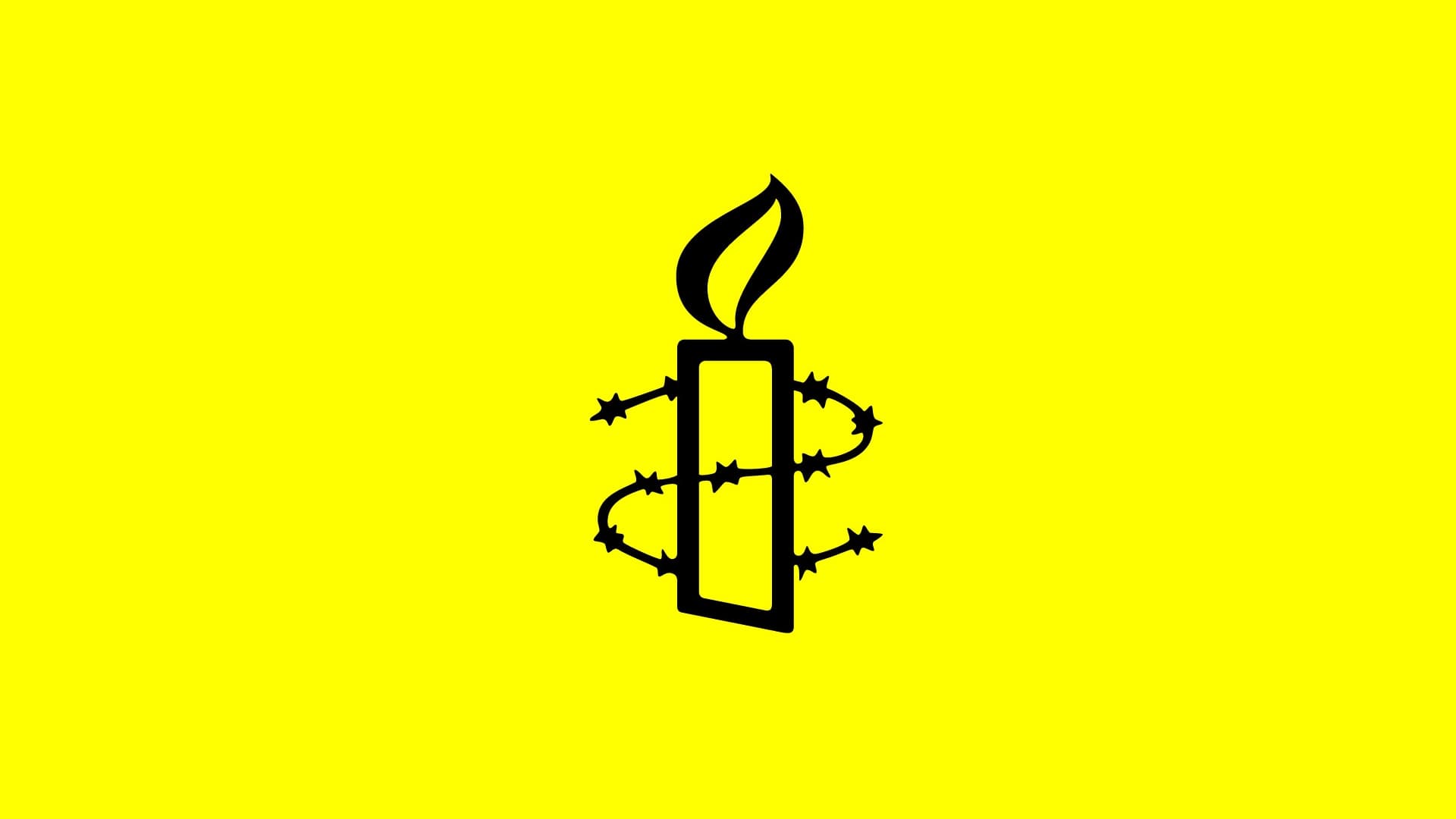AMNESTY INTERNATIONAL
PRESS RELEASE
18 September 2015
New satellite images obtained by Amnesty International give a chilling new perspective on Hungary's frenzied efforts to repel refugees and asylum-seekers this week.
The organization said they serve as a warning to Croatia, Slovenia and other countries currently considering closing their borders to thousands of people seeking protection.
“The shocking scenes from the ground this week at the Horgoš-Röszke border crossing have shown the human toll of Hungary's irresponsible actions. These images give a deeper sense of the speed and scale of Hungary’s operation to seal its borders, which culminated in a dire situation for refugees and asylum-seekers left in limbo,” said Tirana Hassan, Amnesty International's Crisis Response Director.
One pair of images from 13 and 15 September starkly illustrate how sealing the border crossing near Horgoš in Serbia and Röszke in Hungary on 15 September quickly resulted in a bottleneck of trapped people seeking entry to Hungary and the European Union.
Within two days, a stretch of open motorway was suddenly bisected by a razor-wire fence, which Hungarian authorities have been erecting along the country’s entire southern border with Serbia. The satellite images show masses of people beginning to camp out in the open on the Serbian side. In the days after these images were taken, numbers swelled even further.
Other images show how, before the border closed, reception points just inside the Hungarian side of the border were bustling with activity on 13 September, with lots of people and queues of buses visible. By 15 September they lay empty, with refugees and asylum-seekers forced to mass outside the fence and seek safe haven in other countries.
Amnesty International is releasing the satellite imagery just hours after Croatian authorities announced the closure of seven out of eight border crossings with Serbia after thousands of refugees and asylum-seekers blocked from entering Hungary began streaming into Croatia yesterday. Croatia and Hungary are member states of the European Union, while Serbia is not.
This sudden mass movement of people into Croatia was directly prompted by the Hungarian authorities’ border closure on 15 September. Hundreds of Hungarian soldiers, riot police, dogs and helicopters have been patrolling the completed razor-wire fence, and new laws came into force to jail anyone who attempts to break through for up to three years.
Hungary’s unlawful border crackdown
As of 11am today, the Szeged Regional Court had already found 22 people guilty of “illegal entry” to Hungary since the border closure, and received 43 new cases this morning.
Hungary is violating its international obligations by its almost blanket refusal to allow anyone access to asylum. Amnesty International is calling on Hungarian authorities to repeal amendments criminalizing ‘illegal entry’ and to provide immediate access to Hungarian territory, asylum procedure and adequate reception conditions to those in need of international protection.
According to a statement by Hungary’s Prime Minister, the government has spent “more than EUR 200 million on the reinforcement of the protection of the border this year alone”. The amount spent on reception conditions pales in comparison.
An Amnesty International research team was at the Horgoš-Röszke border crossing on 16 September, a day after the closure. They gathered shocking testimony from people staying in squalid conditions with virtually no humanitarian assistance and documented the Hungarian police using teargas and water cannon to disperse refugees and asylum-seekers, including many families with children, after a brief breach of the border defences.
Amnesty International is concerned about the proportionality of the police action, which resulted in dozens of injuries. And the organization denounced how Hungarian police separated four children from their families during the incident on 16 September. Hungary's police force has since posted a video online claiming to have reunited all the families.
“Hungary’s unlawful actions should serve as a stark warning to other governments. It's perverse to treat people fleeing war and persecution as a threat to border security, and any country that follows this example is heading down a dangerous road,” said Tirana Hassan.
“This is not the time for individual countries to insulate themselves but rather to work together to find solutions.
“European countries that close borders are not finding solutions to the current crisis but creating a series of new problems at the expense of refugees and their international obligations.”
Note to editors
The satellite imagery (as well as complete descriptions and terms of use) can be downloaded at the following link:
https://amnesty.app.box.com/s/sqjvvywmcrvo6n6wavgvfv139iyjgc0m
All images © DigitalGlobe for Amnesty International
Use the following code to embed a before/after slide of the border crossing near Horgoš in Serbia and Röszke in Hungary on 13 and 15 September:
<iframe class="juxtapose" width="100%" height="565" src="https://cdn.knightlab.com/libs/juxtapose/latest/embed/index.html
uid=0302bd4a-5da9-11e5-9302-0e7075bba956"></iframe>
Public Document
****************************************
For more information please call Amnesty International's press office in London, UK, on
+44 20 7413 5566 or +44 (0) 777 847 2126
email: [email protected]
twitter: @amnestypress
International Secretariat, Amnesty International, 1 Easton St., London WC1X 0DW, UK


